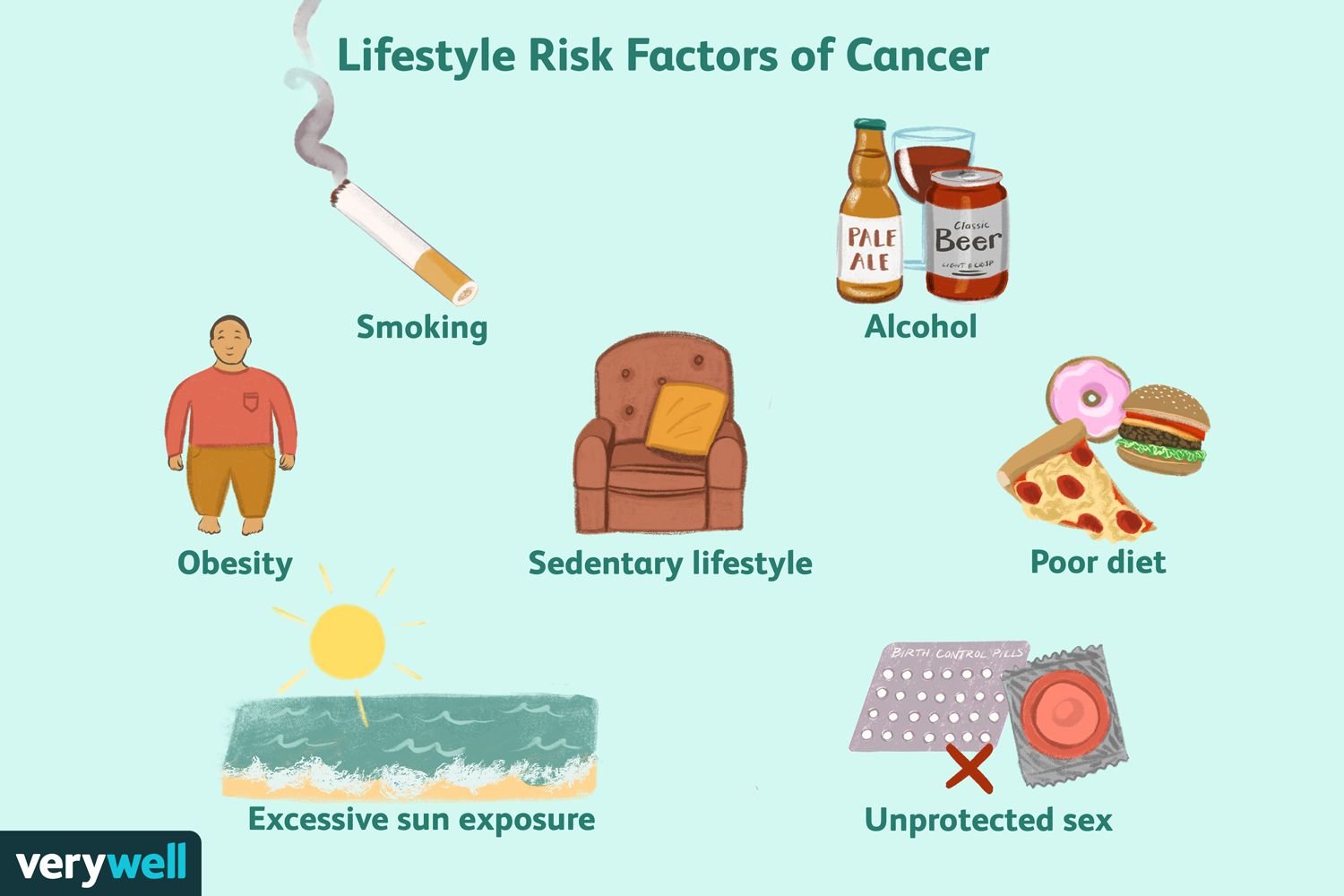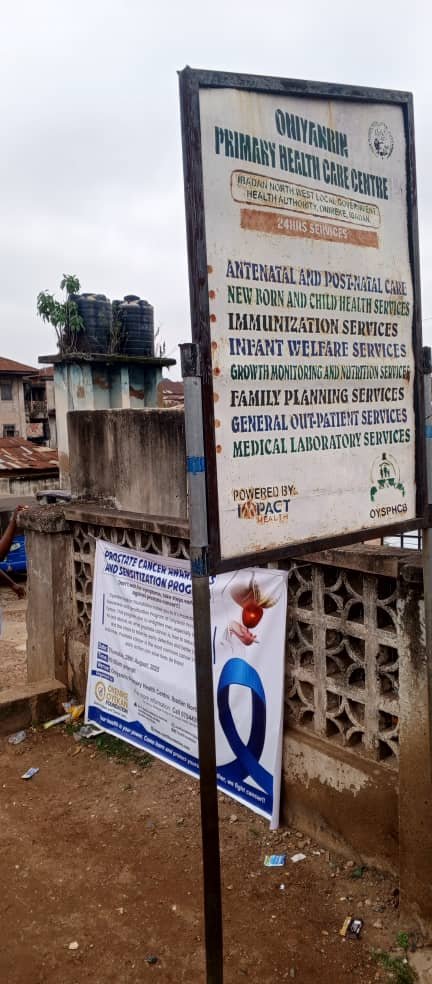General Risk Factors of Cancer
Risk Factors of Cancer
Having a risk factor doesn't mean you will definitely develop cancer but it means you are more likely to get it than someone without the risk factor. For example, people who smoke cigarettes are much more likely to get lung cancer than those who don’t. (World Health Organization [WHO], 2022).
However, there are some general risk factors of cancer which are:
Age: A 50-year-old man is more likely to have prostate cancer than a 27-year-old.
Genetics: Some people inherit gene mutations that increase their risk of cancer.
Environmental factors: Air pollution, Exposure to radiation and UV light rays and certain chemicals can increase the risk of cancer. (WHO, 2022).
Lifestyle: Tobacco use, physical inactivity, alcohol consumption and unhealthy diets are also risk factors of cancer and most non-communicable diseases. (Centers for Disease Control and Prevention [CDC], 2023).
Some chronic infections are risk factors for cancer; this is a particular issue in low- and middle-income countries. Approximately 13% of cancers diagnosed in 2018 globally were attributed to carcinogenic infections, including Helicobacter pylori, human papillomavirus (HPV), hepatitis B virus, hepatitis C virus, and Epstein-Barr virus. (WHO, 2022).
Hepatitis B and C viruses and some types of HPV increase the risk for liver and cervical cancer, respectively.
Infection with HIV increases the risk of developing cervical cancer six-fold and substantially increases the risk of developing other cancers such as Kaposi sarcoma. (WHO, 2022).
References
Centers for Disease Control and Prevention. (2023). *Cancer prevention and control*. https://www.cdc.gov/cancer
World Health Organization. (2022). *Cancer*. https://www.who.int/news-room/fact-sheets/detail/cancer





0 Comment(s)